A warm winter weather greeted South Korean students from Jeonnam University as they arrived in Wenzhou on January 6th for a two-week Chinese language and culture camp. Their adventure began with exploring Wenzhou customs and China's charm.

On January 8th, the students visited Sanyang Wetland Research Institute and Nanhuaijin Academy. Sanyang Wetland, part of Wenzhou Ecological Park, is famous for its unique water network. The research institute, co-founded by Wenzhou University and the park's management, focuses on wetland management and biodiversity protection. The Korean students praised the beautiful environment and enjoyed nature's beauty.
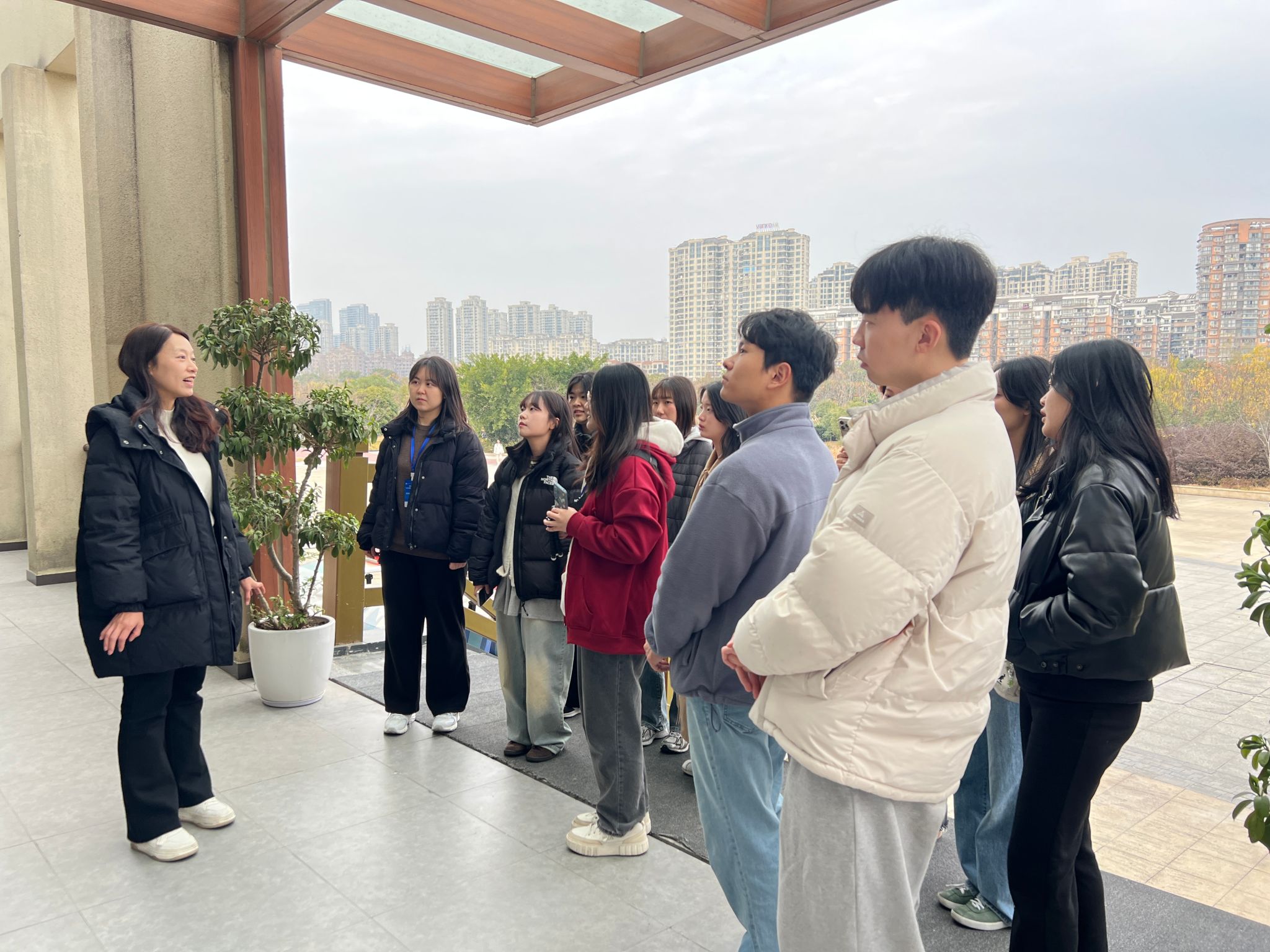

Later, they visited Nan Huaijin Academy, learning about the contributions of a famous Wenzhou sage to culture, economy, and hometown development. His wisdom illuminated their understanding of Wenzhou culture.
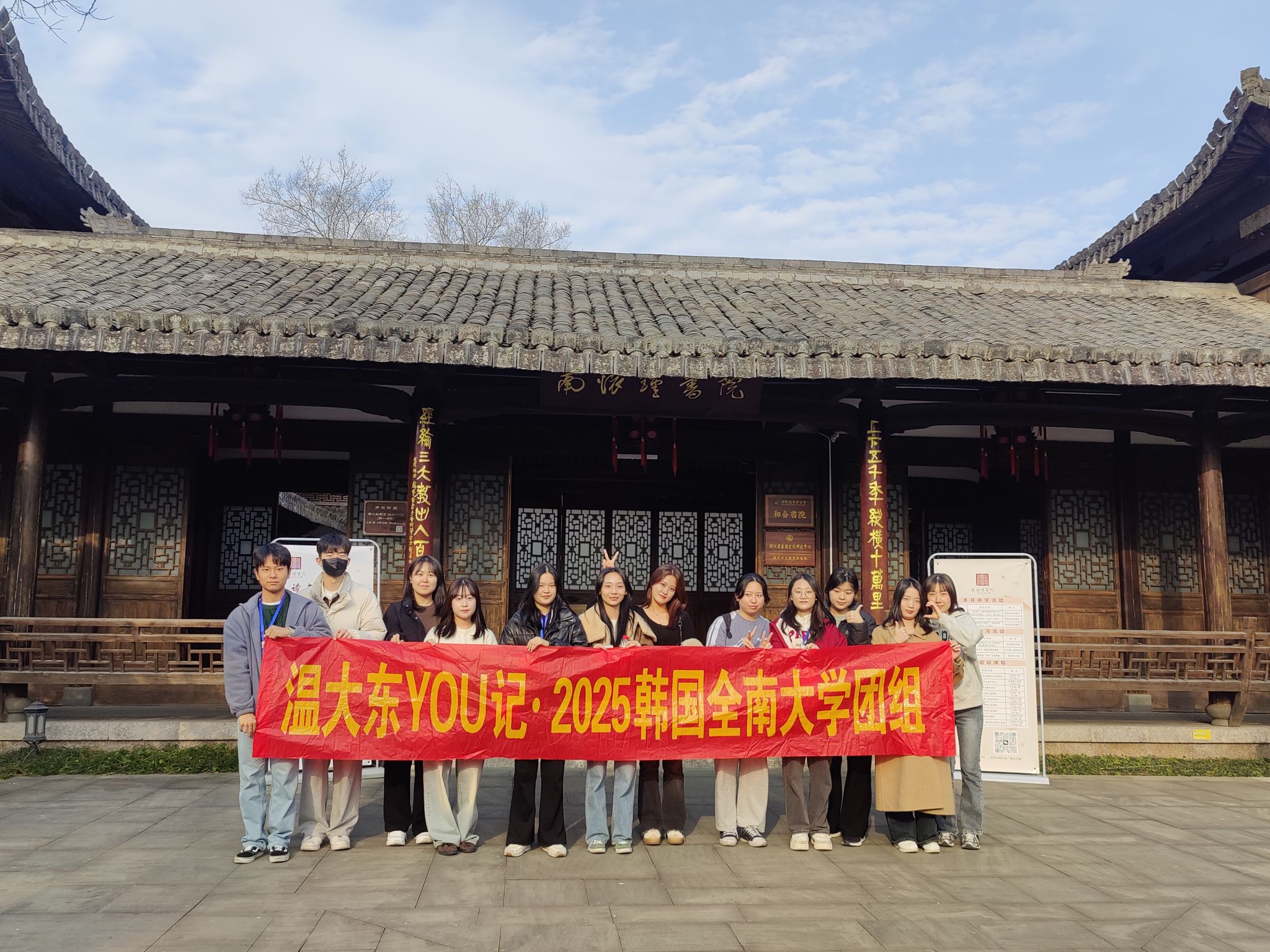
On January 9th, Wenzhou University History Museum and Hair Embroidery Museum welcomed the students. The history museum showcased the school's rich heritage, while the embroidery museum amazed them with intricate hair embroidery works. The students also tried making hair embroidery round fans, experiencing the skill's charm.
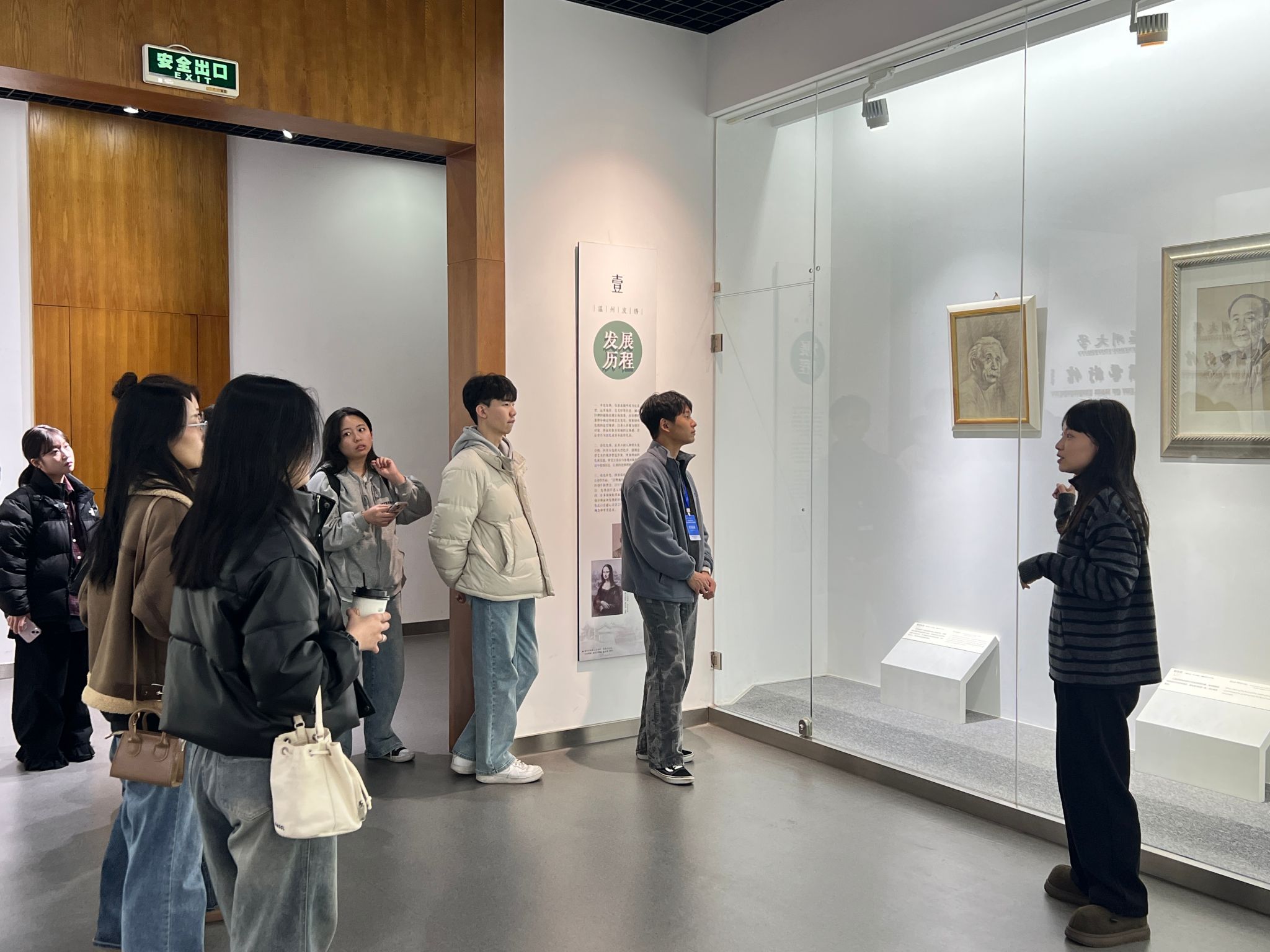
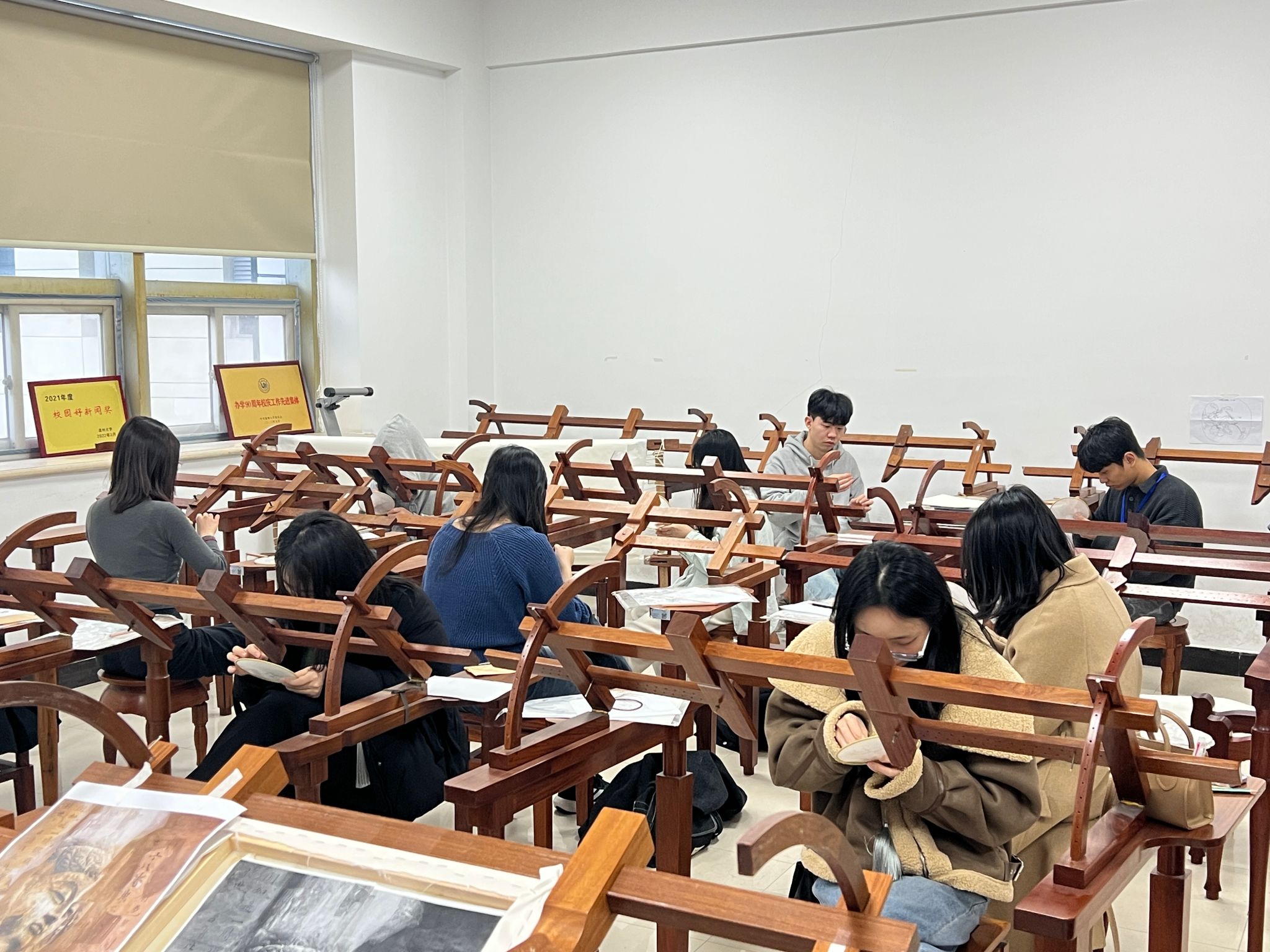
On January 10th, they learned about and made leather paper at the "Oushuo" workshop. Leather paper, a Wenzhou intangible cultural heritage, flourished in the Tang Dynasty. The teacher explained its history and demonstrated production techniques. Students inscribed ancient poems and blessings on their creations.
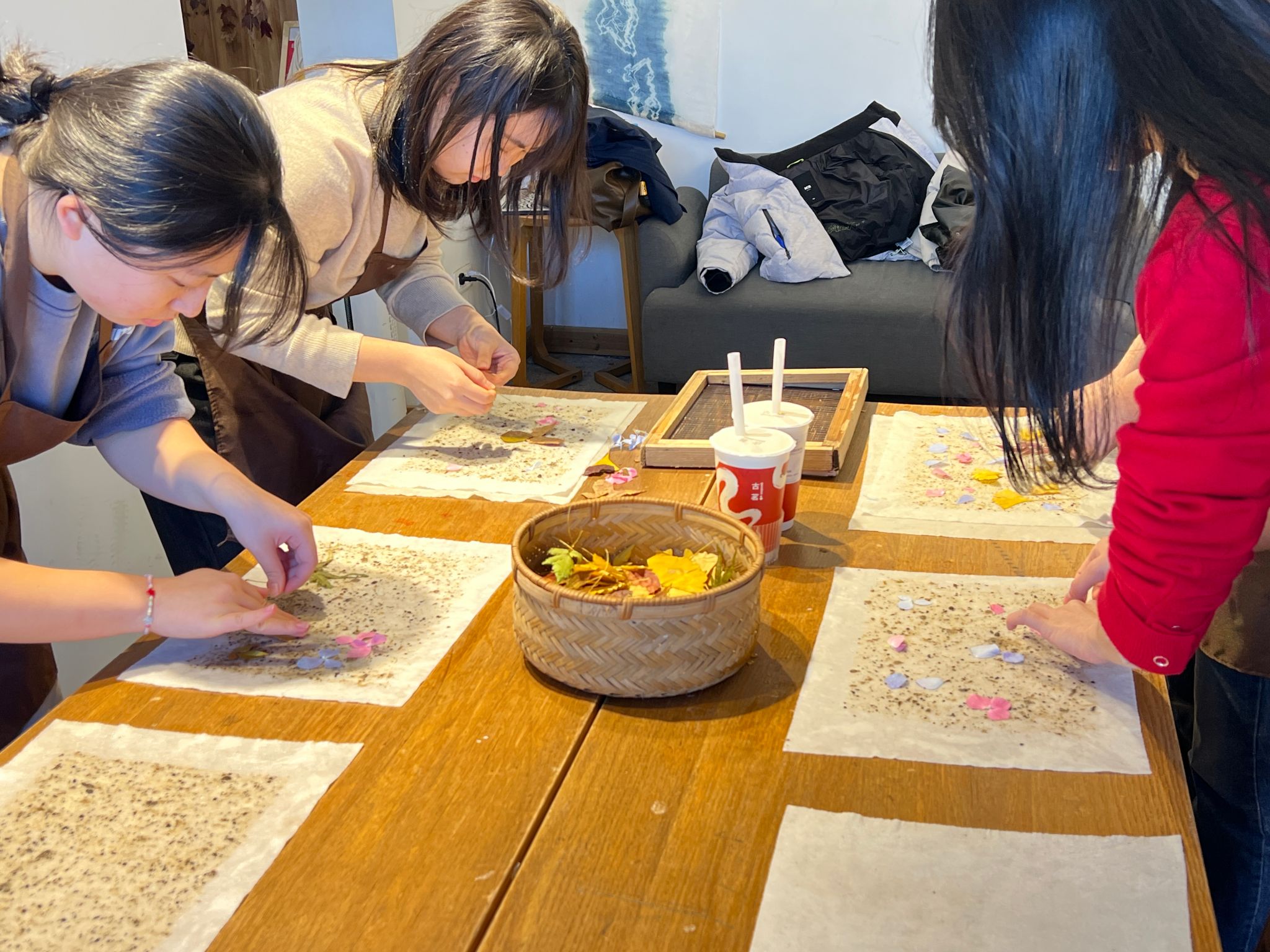
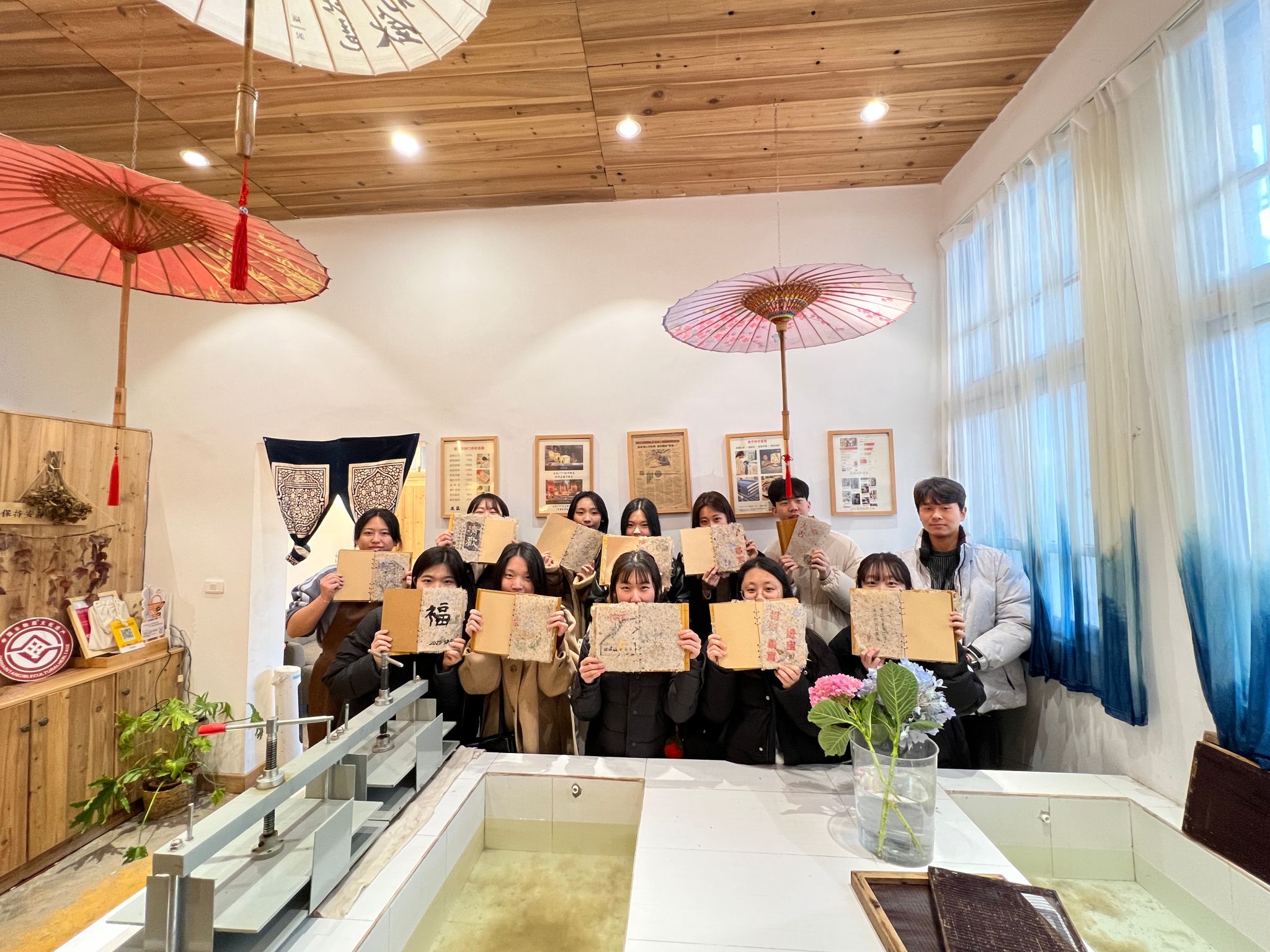
January 11th began at Jiangxin Island, known as "Penglai of Oujiang River." Korean students admired various Chinese buildings and felt Wenzhou's historical and cultural depth. Later, they enjoyed Wenzhou snacks on Wuma Street, experiencing a different cultural flavor.

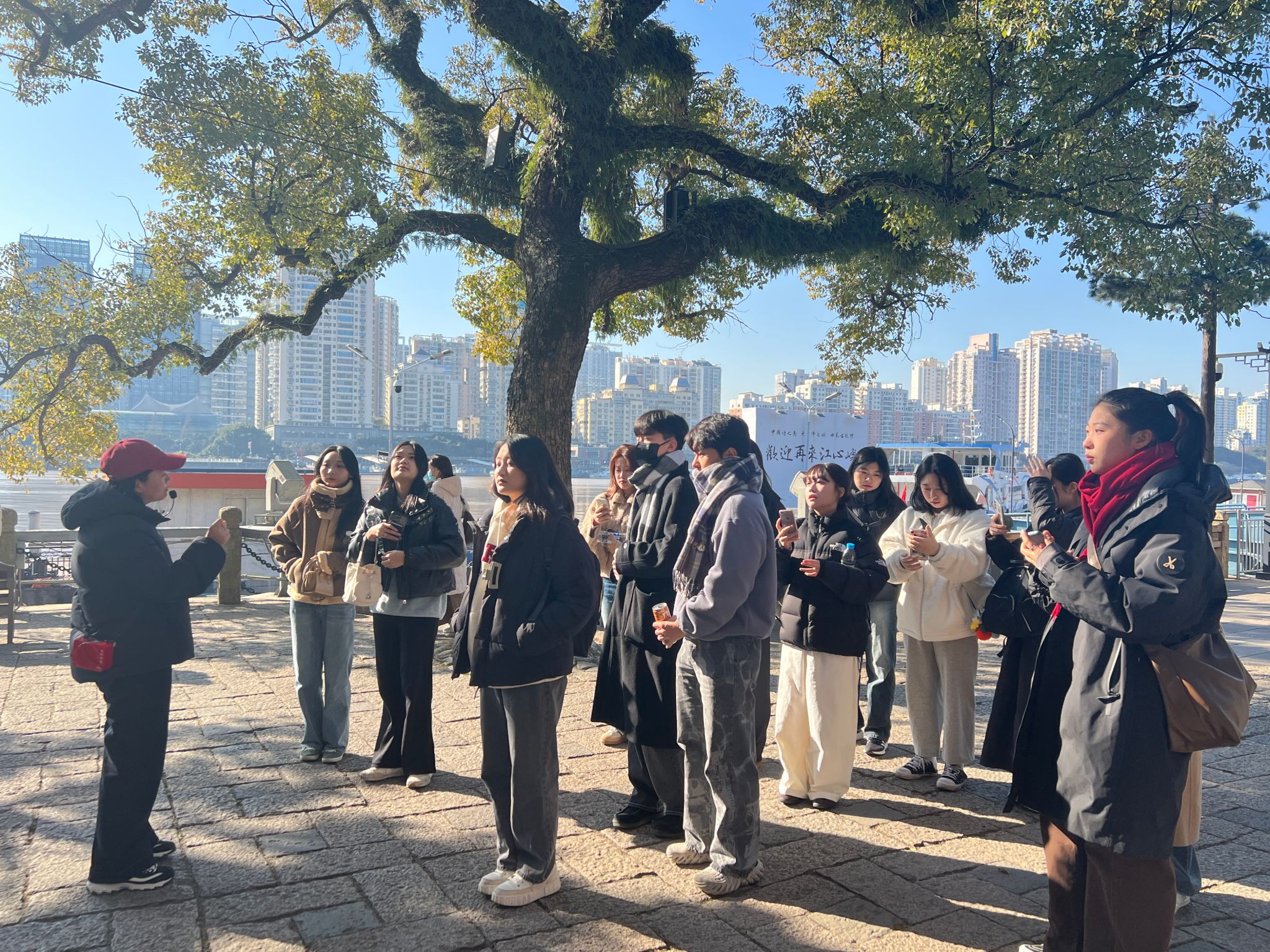
Their last stop was Wenzhou No.14 Senior High School, where they studied Wenchuang engraving prints and Luban locks. Engraving prints showed Wenzhou's landscape 200 years ago, while Luban locks embodied Chinese wisdom. Chinese and Korean students made jiaozi together, a traditional Chinese New Year food symbolizing reunion and blessing. They enjoyed their labor's fruits, laughing and sharing cultural experiences.
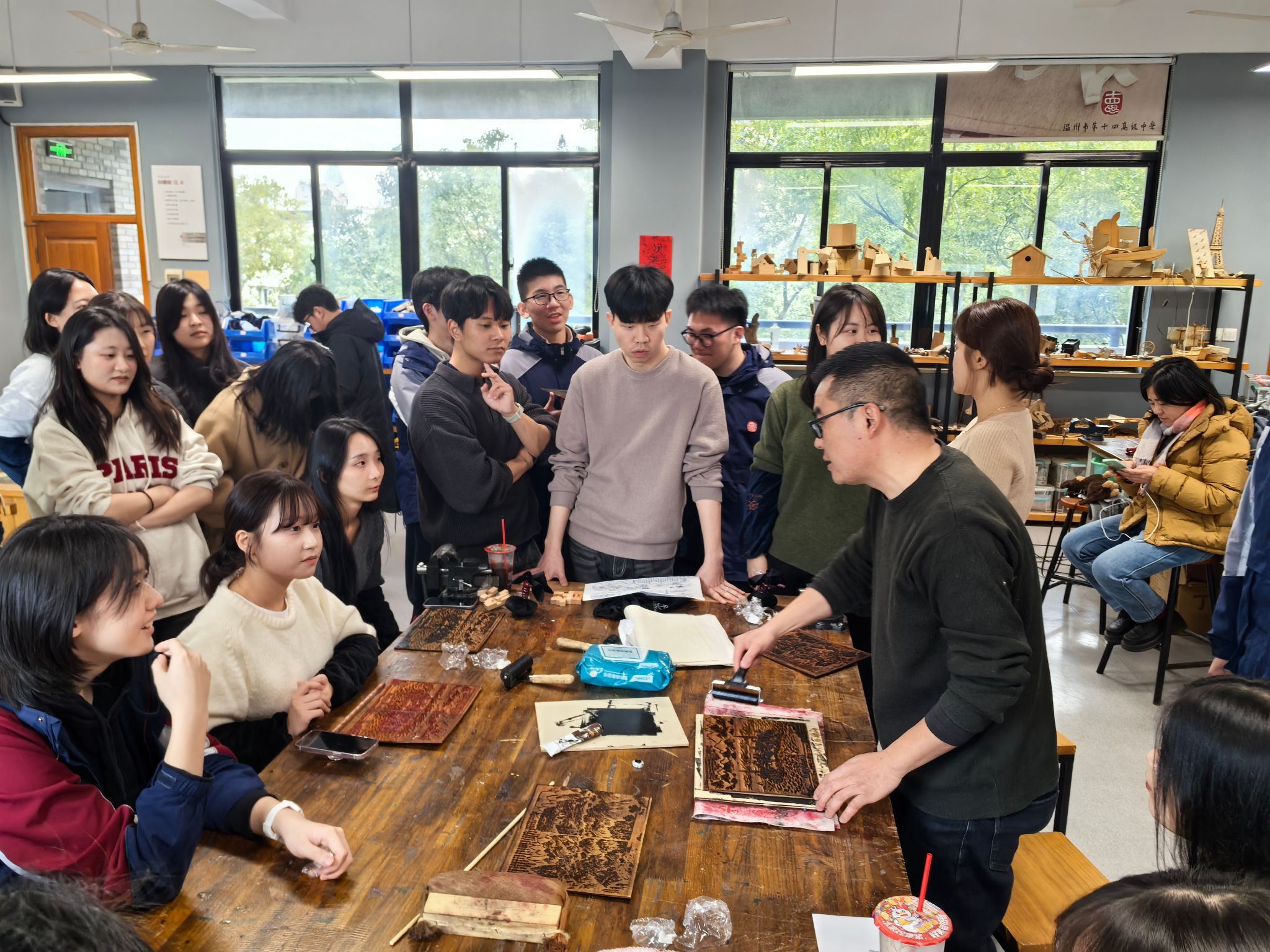

This research activity showcased Wenzhou's natural beauty, humanistic charm, educational excellence, and artistic essence to Korean students, fostering friendly exchanges and cultural blending between the two nations.